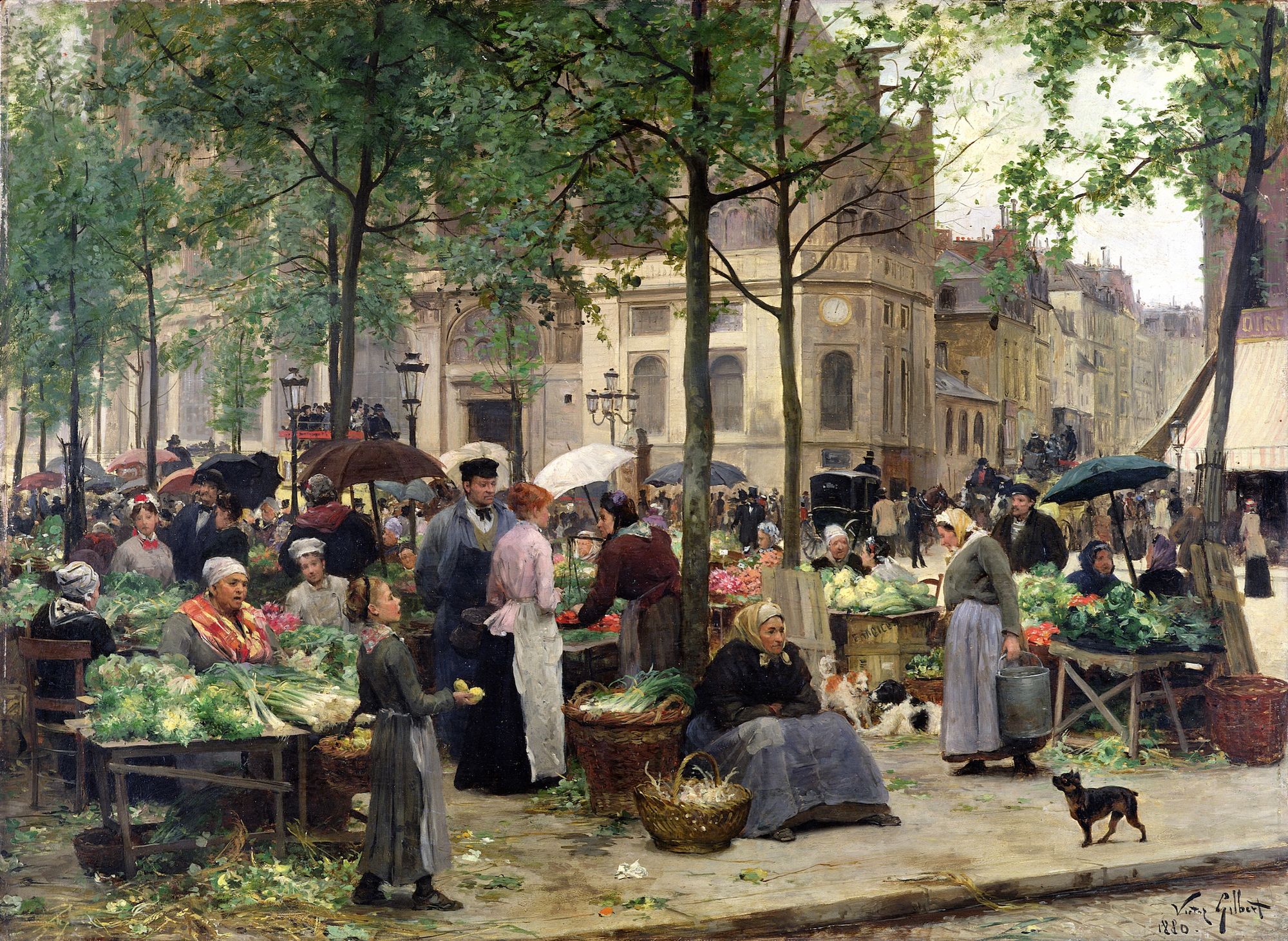
Late Winter at The Frist Art Museum
Like most cultural institutions, The Frist has struggled in the wake of the pandemic. But the timing for Nashville’s destination art museum couldn’t have been worse as it was in the middle of preparing a crown jewel Picasso retrospective that ended just as restrictions began lifting in 2021. While the museum has curated some exceptional programming over the last few years, including last summer’s Alexander McQueen Rendezvous, its current offerings demonstrate a glorious return to form.
Since it opened on January 31, Farm to Table: Art, Food, and Identity in the Age of Impressionism has drawn crowds similar to the museum’s pre-pandemic heights. Featuring dozens of paintings from France’s greatest Impressionists, including Claude Monet, Auguste Renoir, Rosa Bonheur, and Paul Gauguin, the exhibit “explores the intersections of art, gastronomy, and national identity in late nineteenth-century France.” Spanning representations of food from various class perspectives, it is divided into five sections that focus on farms in France and its colonial territories, merchants and customers of French markets, food workers, still-lifes of French foods ripe with symbolism, and dining tables and restaurants central to the period’s culinary culture.
While the event boasts its fair share of iconic images from Monet’s The Haystack (1891) to Renoir’s paintings of Algerian bananas, it also features an impressive collection of works that deserve equal attention. More than any other painting in the exhibit, Narcisse Chaillou’s Rat Seller During the Siege of Paris in 1870 (1871) demonstrates the haunting and often glossed-over effects that the Franco-Prussian war had on the homefront (Ratatouille it is not). The exhibit also makes a case for lesser-known Impressionists like Alfred Sisley, a pioneering figure of the movement who has somehow ended up as a footnote.
As always, The Frist has also devoted significant attention to positioning Farm to Table in local and global contexts. The exhibit directly links to Tennessee Harvest: 1870s-1920s, a collection of impressionist-influenced work from the state. The museum is also hosting What the Body Carries, an exhibit of Haitian art from M. Florine Démosthène and Didler William that shows France’s enduring influence on the Caribbean.
Those who make plans to visit The First this weekend will also be able to catch the final days of Journey Through Japan: Myths to Manga, an expansive collection that links the nation’s past with its inarguable stamp on global pop culture. Structured around representations of Sea, Sky, Forest, and City, the exhibit intersperses contemporary anime and consumer icons like Hello Kitty with a series of nineteenth-century woodcuts whose vibrant color challenges perceptions of what art looked like before the modernists. There isn’t a better anecdote to the last days of winter on Nashville’s cultural calendar.
Farm to Table runs through May 4th while Journey Through Japan ends Sunday. More information and a schedule of special events can be found on The Frist’s website.
